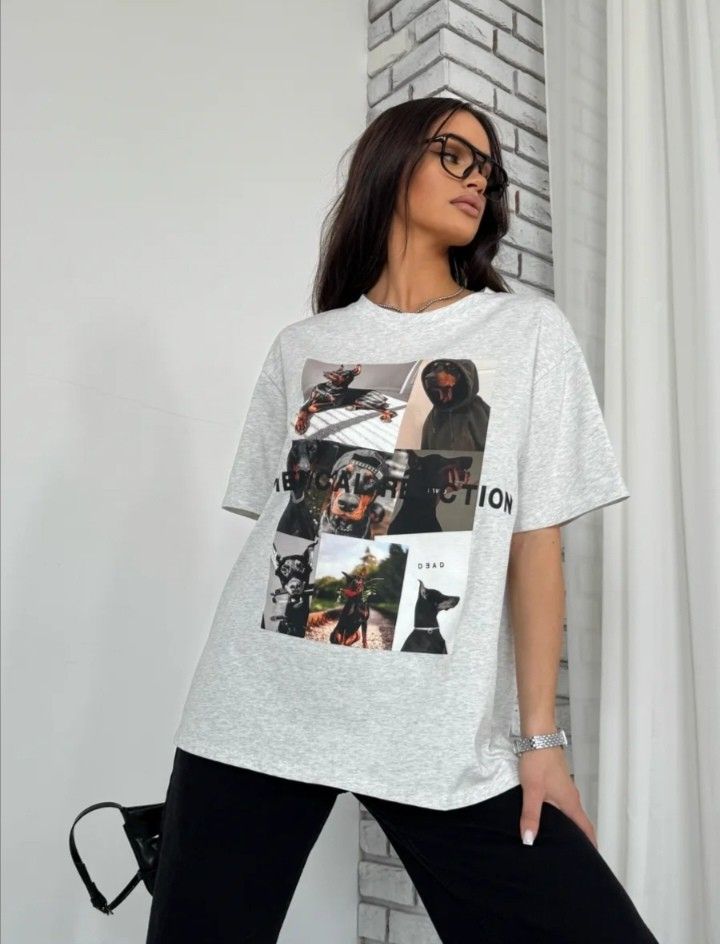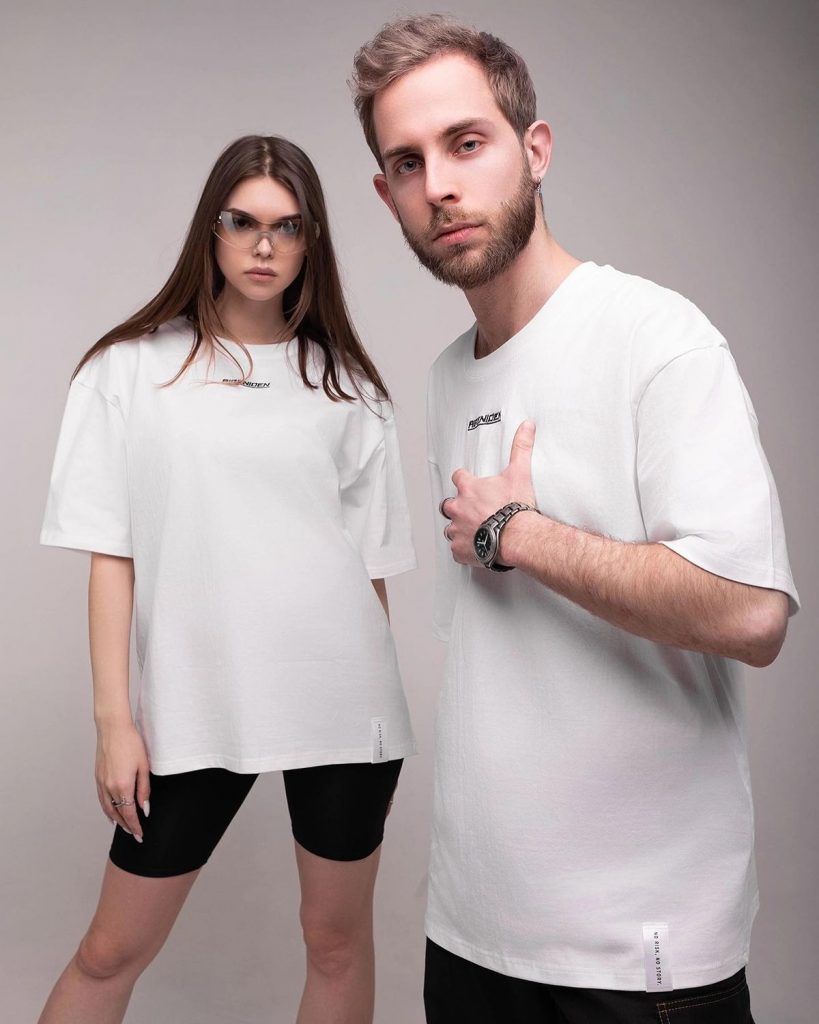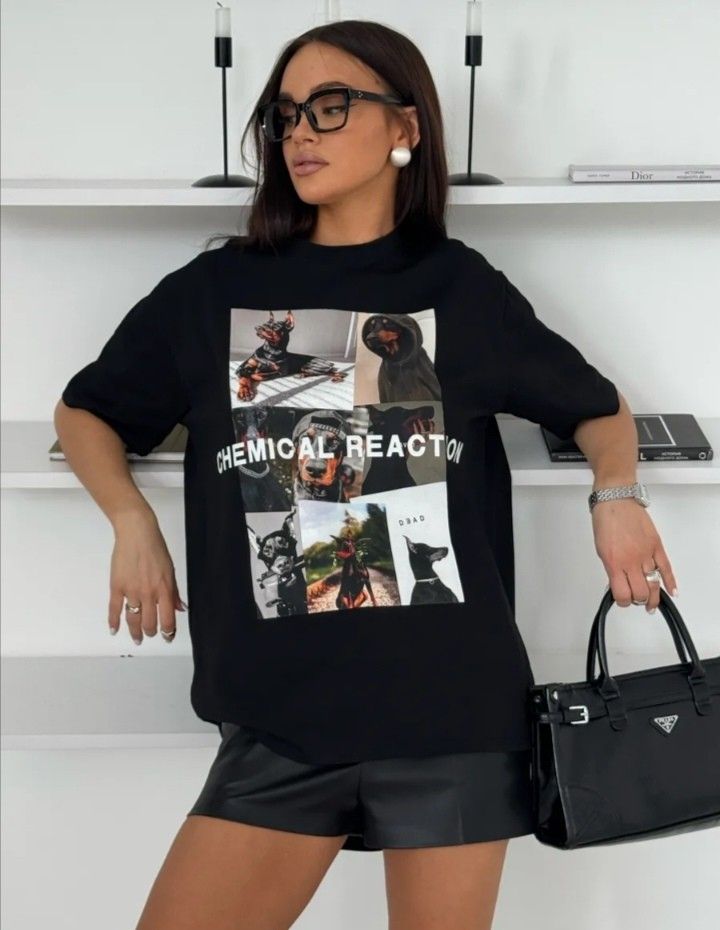Introduction
Fashion has always been more than fabric and thread — it’s identity in motion, a reflection of culture, emotion, and rebellion. As the world steps deeper into the mid-2020s, young people are rewriting what “cool” truly means. Gone are the days when luxury labels or rigid trends dictated personal style. Today, self-expression, diversity, and authenticity lead the way.
“Youth Mode: Redefining Cool in the Era of Change” dives into this fashion evolution — exploring how Gen Z and Gen Alpha are blending sustainability, digital innovation, and cultural individuality into a new aesthetic that is as fluid as the times we live in. It’s not just about what they wear, but why they wear it.
The New Definition of Cool
Cool no longer lives in glossy magazines or celebrity wardrobes. It thrives in raw, unfiltered creativity — the kind you see on TikTok, in a thrift store mirror, or across the digital universe of streetwear forums. Gen Z has redefined the term from a status symbol into a mindset.
For this generation, cool is intentional. It’s about conscious choices, sustainability, inclusivity, and authenticity. They are not dressing to impress; they are dressing to express. Oversized silhouettes, clashing textures, and ironic nostalgia rule the scene. Brands are learning quickly — connection now matters more than perfection.
The Digital Playground of Fashion
Social media is no longer a backdrop to fashion — it is fashion. Platforms like TikTok, Instagram, and even Roblox have become runways where styles evolve faster than any traditional trend cycle.
Digital fashion houses now sell NFT clothing. Avatars are styled in virtual couture. Streetwear drops happen both online and in augmented reality. Gen Alpha is growing up designing their identities in pixels before they ever buy a physical hoodie.
This hybrid world — half-digital, half-tangible — has given rise to a new creative freedom. The “cool” of 2025 isn’t about exclusivity; it’s about accessibility. You don’t need money to build an aesthetic anymore — just imagination and a smartphone.
Sustainability as a Status Symbol
Environmental consciousness has become the new luxury. Youth fashion movements now orbit around slow fashion, upcycling, and ethical design. Instead of chasing endless micro-trends, many young creators champion longevity and purpose in every piece they wear.
Thrift stores and secondhand apps like Depop and Vinted are booming. DIY customization has become an art form. And local brands that promote circular fashion are gaining as much credibility as big luxury labels.
In 2025, sustainability is no longer a niche — it’s the core of cool.
Streetwear with a Purpose
Streetwear, once born from rebellion, has evolved into a storytelling medium. Each oversized hoodie or distressed T-shirt carries messages about identity, activism, or emotion.
From graphic statements promoting mental health awareness to bold patches supporting equality, fashion is now activism in motion. What was once underground has gone mainstream — because the youth have made it so.
Streetwear no longer follows hype culture blindly. Instead, it mirrors the collective consciousness of a generation that demands meaning behind every trend.
Cultural Fusion: The Global Wardrobe
Borders are blurring — literally and stylistically. Young people draw inspiration from every corner of the planet, fusing Tokyo streetwear with Scandinavian minimalism, Korean casuals with African prints, or Parisian chic with Y2K nostalgia.
The result? A rich, multicultural aesthetic that celebrates diversity rather than appropriating it. It’s no longer about fitting into a category — it’s about crafting your own category entirely.
Global fashion has become a shared language of connection. And Gen Z speaks it fluently.
Tech Meets Texture: The Rise of Smart Fashion
The intersection of fashion and technology has never been more exciting. Clothing that tracks body temperature, LED fabrics that shift color, AI-driven styling tools — the once-futuristic now feels familiar.
Wearable tech isn’t just functional anymore; it’s fashionable. Imagine a jacket that glows based on your heartbeat or sneakers that sync with your music tempo. In 2025, innovation and style walk hand in hand, and youth lead the charge.
Breaking Gender Norms in Style
Fluid fashion has become the heartbeat of this generation. Youth culture rejects the binary, celebrating individuality in all its forms. From androgynous silhouettes to gender-neutral collections, fashion is transforming into a canvas of self-discovery rather than conformity.
Designers who embrace inclusivity are redefining the runway. Models of all sizes, backgrounds, and identities take the spotlight. The message is clear: “cool” isn’t confined by gender — it’s defined by freedom.
Nostalgia Reloaded: Reimagining the Past
Vintage isn’t old — it’s bold. The youth of today are remixing Y2K, grunge, and 90s vibes into futuristic statements. What was once worn by their parents now returns with irony, humor, and creativity.
This nostalgic revival isn’t about copying; it’s about reinventing. It’s fashion as memory, filtered through modern individuality. Whether it’s low-rise jeans paired with techwear sneakers or retro graphics reinterpreted in streetwear form, the past is being reprogrammed to fit the future.
The Power of Personal Brands
In 2025, everyone is their own brand. Social media has democratized influence, giving rise to micro-creators and personal stylists who command massive digital followings.
You no longer need to be a celebrity to shape trends — you just need authenticity. A selfie in natural light can now start a movement. “Cool” has shifted from fame to realness.
Fashion identity is no longer about fitting in — it’s about standing out without trying too hard.



